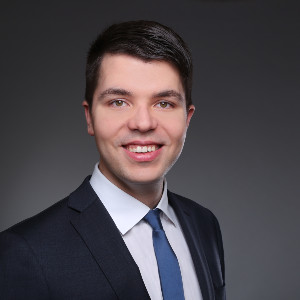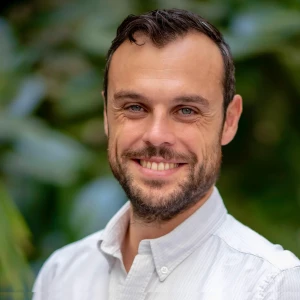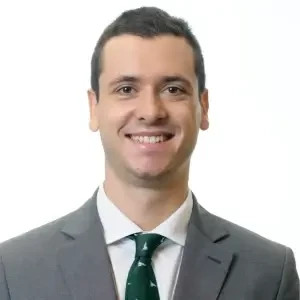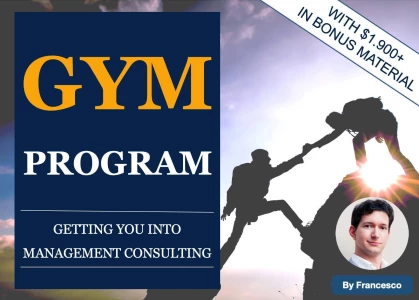Dear All,
I understand BCG cases are quite open and candidate led. My plan here is to initially ask a few clarifying questions. My aim here is not to get into anything too deep but just to clarify surface level issues (e.g. definitions, clarifying product, really just clarify anything that can be ambiguous or have multiple definitions e.g. what does improve performance mean). In this initial minute or two I also to get a laser focused clarification of the client's objective. Once this is done I then I want to create a structure up front by identfying 3 or 4 buckets (ideally MECE). I will then go through each bucket asking questions and engaging with the interviewer such that I get all the qualitative and quantitive data I need within each bucket. Ideally from here I can form an opinion backed up with evidence, address some risk points and also raise some future steps.
Does this sound like a good approach tweaked for the nature of each case?
Also, I understand BCG can often get to a point where they keep asking for ideas akin to a brainstorming session. If I have an interview that gets to this, should I identify my MECE buckets first and brainstorm within the buckets or can this be more free form?
Many thanks
Daria















